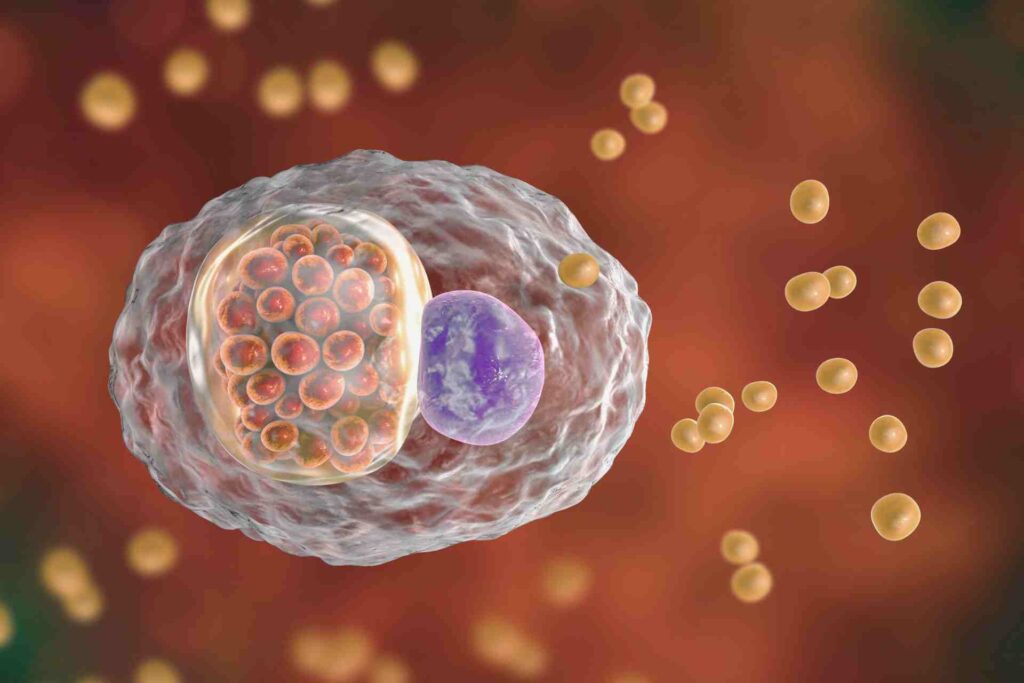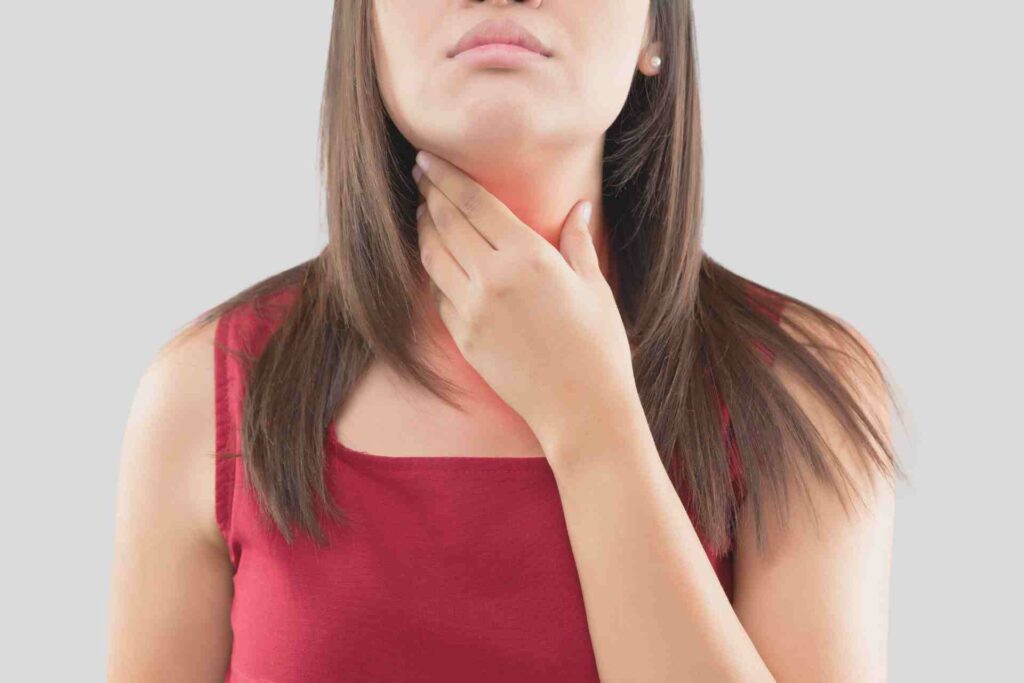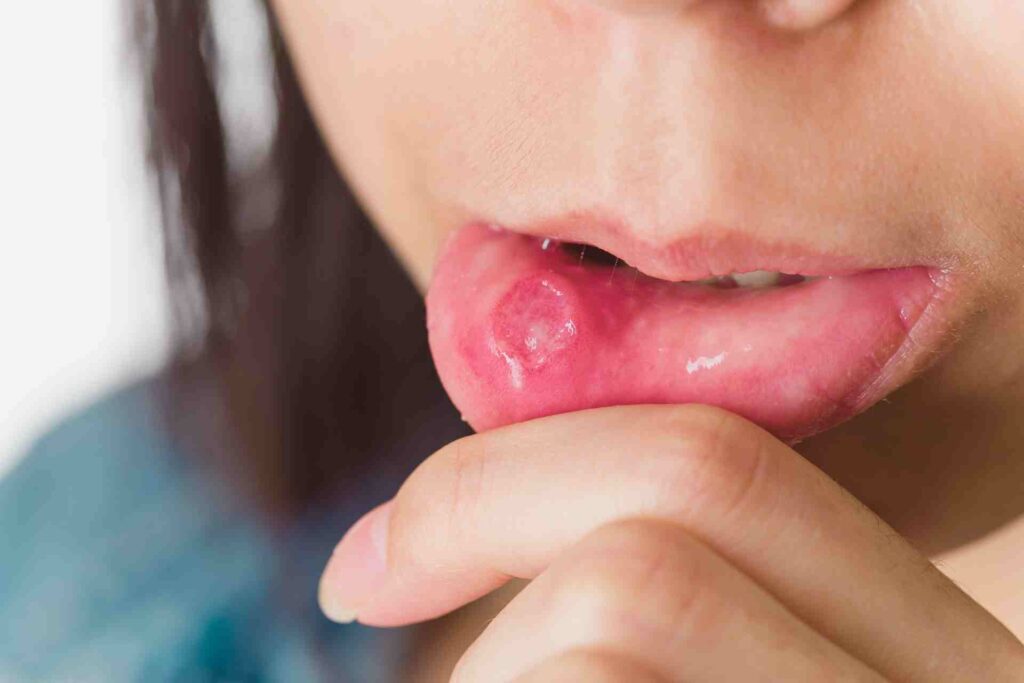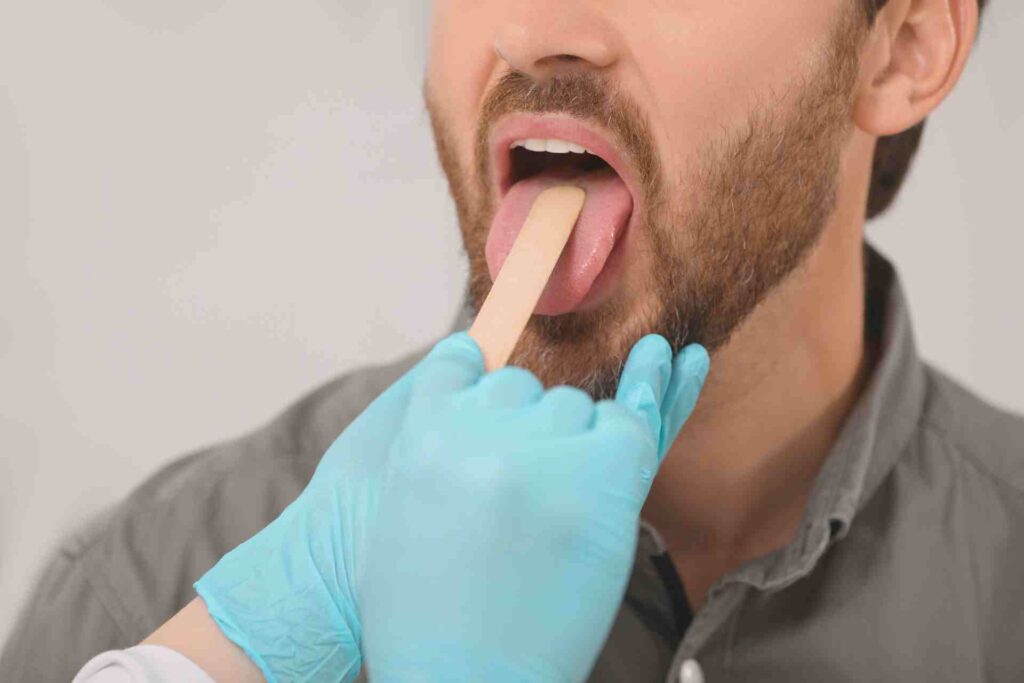Highlights:
- Chlamydia can cause rare oral symptoms, including tongue bumps
- Often mistaken for other common oral issues
- Early detection and antibiotic treatment are key
- Safe practices and screenings help prevent reinfection
What Are Chlamydia Bumps on the Tongue?
Noticed something strange on your tongue lately? Maybe small bumps that weren’t there before?
It might surprise you, but in rare cases, chlamydia can show up in your mouth—yes, even on your tongue. This condition is called oral chlamydia, and it’s caused by the same bacteria (Chlamydia trachomatis) that affects the genitals.

Here’s the thing: oral chlamydia often flies under the radar. Most people don’t even know they have it. But when symptoms do appear, they can include a sore throat, mouth redness, or even tiny bumps or lesions on the tongue.
So, how does it end up on your tongue? Oral sex is the most common way. If your partner has chlamydia, you could get it in your mouth—even if they don’t have symptoms.
And no, it’s not just a “young person problem.” Oral chlamydia can affect anyone who’s sexually active. If you’ve had oral sex recently and are noticing changes in your mouth, it’s worth getting checked out—just to be safe.
What Do Chlamydia Bumps on the Tongue Look Like?
So, what exactly are you looking for?
Chlamydia bumps on the tongue are usually small—sometimes red, sometimes white, and occasionally just the same color as the surrounding tissue. They may show up as single bumps or in small clusters.
They can be sore or tender, especially when eating or brushing. But here’s the tricky part—they often don’t hurt at all. That’s one reason they can fly under the radar.
These bumps can easily be mistaken for other common issues. They might look like canker sores or even resemble oral thrush—a fungal infection that also causes white patches or bumps in the mouth.
Because the symptoms are subtle—or totally absent—oral chlamydia is often misdiagnosed or missed altogether. That’s why it’s so important to pay attention to changes in your mouth, especially after unprotected oral sex.
If you’re noticing something unusual and it’s not going away, don’t ignore it. Your body could be trying to tell you something.
What Are the Other Symptoms of Oral Chlamydia?
Tongue bumps aren’t the only red flag when it comes to oral chlamydia.

One of the most common symptoms? A sore throat that just won’t quit. If your throat feels irritated for more than a few days—especially without other cold symptoms—it could be something more than just seasonal sniffles.
Some people also notice mild swelling in the lymph nodes, especially around the neck or under the jaw. This can make you feel like you’re fighting off a mild bug or coming down with a cold.
Other times, it’s general redness or irritation inside the mouth—along the cheeks, tongue, or the roof of your mouth. It may feel raw or just “off.”
Occasionally, oral chlamydia might even trigger some unusual tongue issues, or you may be experiencing other oral health problems. Ever noticed a crack running down the middle of your tongue? Or a scalloped edge that wasn’t there before? While these signs can be related to other conditions (like dehydration or stress), they’re also worth mentioning to your provider if you’re worried about a possible infection.
And if your tongue starts to feel strange—like a tingling or burning sensation—don’t brush it off. That’s another symptom that could point to something deeper going on in your mouth.
Is It Easy to Confuse Chlamydia Bumps With Other Conditions?
Short answer? Yes, super easy.
Chlamydia bumps on the tongue don’t have a “signature” look, which means they often get mistaken for other common mouth issues.
For example, they might resemble oral thrush—which shows up as creamy white patches or bumps in the mouth. But unlike chlamydia, thrush is a fungal infection. It’s especially common in people who take antibiotics or have dry mouth.

They can also look like cold sores, especially in the early stages. Cold sores are caused by the herpes virus and tend to appear on or around the lips, but they can also show up inside the mouth. Check out how long cold sores are contagious if you’re unsure what you’re dealing with.
Sometimes, bumps are simply caused by minor trauma—like accidentally biting your tongue—or even a food allergy. Spicy or acidic foods can irritate the tongue and mimic these symptoms.
And let’s not forget the lips—if you’re also seeing bumps on your lips, those could be linked to clogged pores, cold sores, or even allergic reactions—not necessarily an STD.
Bottom line? If something looks or feels off in your mouth and doesn’t go away in a few days, it’s time to get it checked. Don’t try to self-diagnose. That’s what your dentist or doctor is here for.
What Causes Oral Chlamydia?
Let’s break it down: oral chlamydia is caused by a bacteria called Chlamydia trachomatis.
It spreads through direct contact—usually during oral sex with someone who has a chlamydia infection. That includes oral-genital or oral-anal contact. And here’s the tricky part: your partner might not even know they have it. Chlamydia is one of those infections that often shows no symptoms at all.
If you’re not using protection, there’s a real risk of picking up the bacteria. And yes, even if it’s “just oral.”
It’s also possible to get reinfected, especially if a partner hasn’t been treated. That’s why it’s so important that both people in a relationship get tested and treated if needed. Otherwise, it can turn into a back-and-forth situation, with the infection silently sticking around.
Even if you’ve had chlamydia before and it was treated, you’re not immune. You can catch it again, just like a cold or the flu.
When Should You See a Dentist or Doctor?
So you’ve got bumps on your tongue—and they’re not going away. When should you get it checked out?
If those bumps stick around for more than 7 to 10 days, it’s time to call your dentist or doctor. Even if they’re not painful, anything lingering that long deserves a closer look.
Pay attention to other symptoms, too. Worsening pain, swelling, pus, or a fever could mean there’s an infection brewing—and it might not just be oral chlamydia. Your mouth can give you early signs of bigger health issues, so don’t wait it out.

And if you’re noticing more than just tongue bumps? That’s another clue to see a pro. For example:
- Is your gum swollen around one tooth? That could be a localized gum infection.
- Have you noticed dark patches on your gums? That’s something to keep an eye on too.
- What about a yellow roof of the mouth? That could indicate infection or another underlying issue.
- And if your breath smells like urine, that could even be a sign of a systemic problem—like kidney concerns or a deeper infection.
Bottom line: if your mouth is trying to tell you something, listen. Early care can make a big difference, and we’re here to help guide you through it.
How Is Oral Chlamydia Treated?
The good news? Oral chlamydia is treatable.
Once it’s diagnosed, your doctor will likely prescribe antibiotics—usually azithromycin (a one-time dose) or doxycycline (taken over a week). These meds are effective at wiping out the bacteria and helping your body heal.
But here’s the important part: don’t stop the antibiotics early, even if you feel better. The full course is key to making sure the infection is completely gone.
And remember—if you tested positive, your partner needs to be treated too. Otherwise, you could pass the infection back and forth without even realizing it.
It’s also a good idea to avoid sexual contact until your treatment is done and your provider gives you the all-clear. That way, you avoid reinfection and help protect your partner.
With proper treatment and a little patience, you’ll be back to feeling like yourself in no time.
Can You Prevent Oral Chlamydia?
Yes, you can—and it’s easier than you might think.
The #1 way to protect yourself? Use protection during oral sex. Dental dams and condoms might not be the best conversation starter, but they’re a game-changer when it comes to preventing STDs, including chlamydia.
It also helps to have open, honest conversations with your partners. Ask if they’ve been tested recently, and share your status too. Mutual transparency builds trust—and keeps everyone safer.
Don’t forget about routine screening, especially if you have new or multiple partners. Chlamydia often has zero symptoms, so regular check-ins with your doctor or dentist can catch things early—even when you feel totally fine.
Bottom line: a little prevention goes a long way. Protect your mouth like you would any other part of your body. You deserve to feel good and stay healthy.
FAQ
What does Chlamydia in the mouth look like?
Oral chlamydia doesn’t always show visible signs. But when it does, it may cause redness, soreness, or small bumps on the tongue or in the throat. These bumps can look similar to canker sores or irritation from other causes.
What STD causes bumps under the tongue?
While oral chlamydia can occasionally cause tongue bumps, other STDs like herpes or syphilis are more commonly linked to sores or lesions under the tongue. A professional exam is the only way to know for sure.
What kills oral chlamydia?
Prescription antibiotics—usually azithromycin or doxycycline—are used to kill the Chlamydia trachomatis bacteria. Always take the full dose, even if symptoms improve.
Will oral chlamydia go away?
Not on its own. Without treatment, the infection can persist or even spread. The good news? With proper antibiotics, it’s fully curable.
Is oral chlamydia easy to catch?
It’s less common than genital chlamydia, but yes—it can be spread through unprotected oral sex with an infected partner, even if they don’t have symptoms.
Is Chlamydia a lifelong STD?
No! Chlamydia isn’t permanent. With timely treatment, it goes away completely. But you can get it again, so safe practices and regular testing are important.
Key Takeaways
- Chlamydia bumps on the tongue are rare, but they can happen.
- They may look like small red or white spots and often get confused with other conditions.
- Other symptoms of oral chlamydia include a sore throat, swollen glands, or mouth irritation.
- It’s spread through unprotected oral sex—and can be passed back and forth if partners aren’t treated.
- Antibiotics can cure it, but you need to complete the full treatment.
- Safe sex, regular screenings, and clear communication with partners can help prevent reinfection.
If your tongue feels off or you’ve noticed something new—don’t panic, but don’t ignore it either. Oral health is deeply connected to your overall wellness, and spotting these small signs early can make all the difference.
Have questions? Need support? You’re not alone.
Stay proactive, stay curious, and follow @joycethedentist for more straight-talk tips to keep your mouth (and your confidence) in top shape.





















